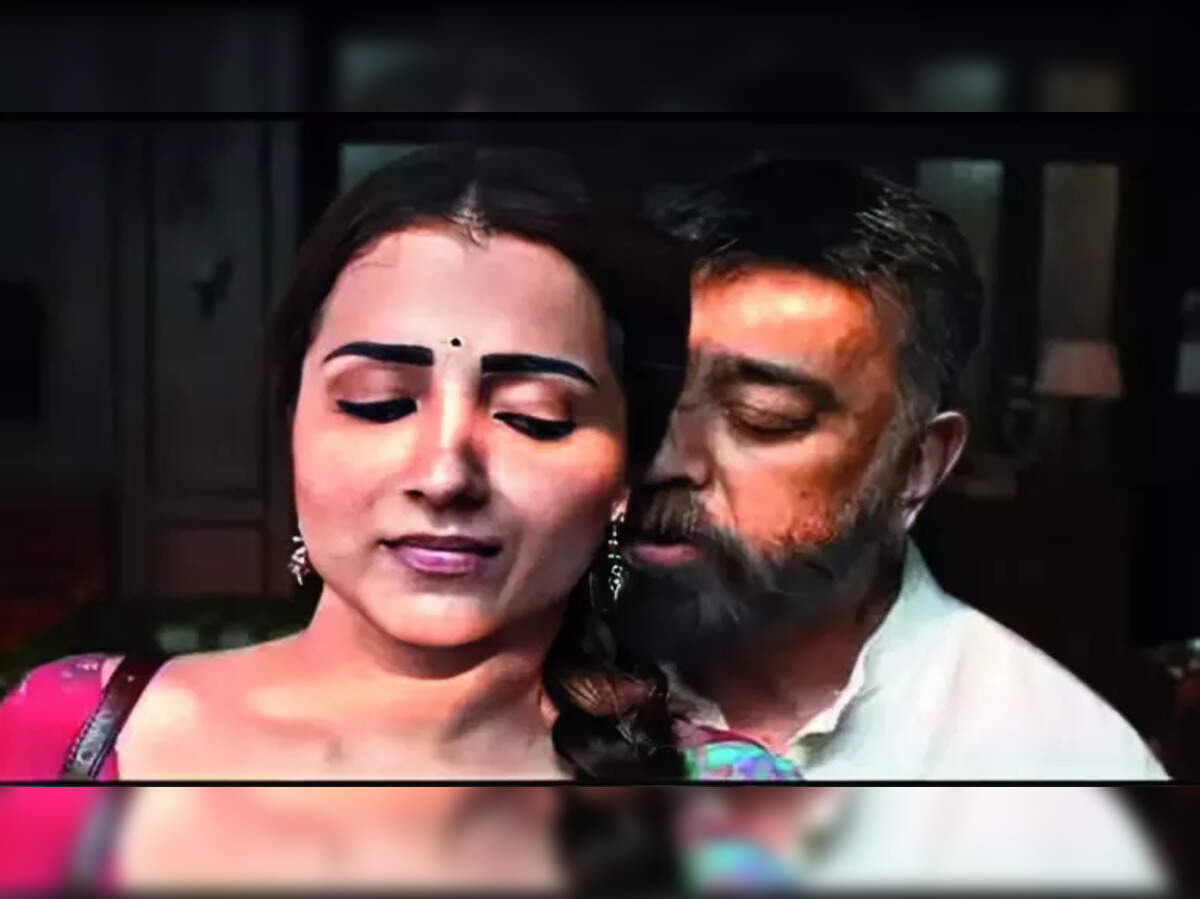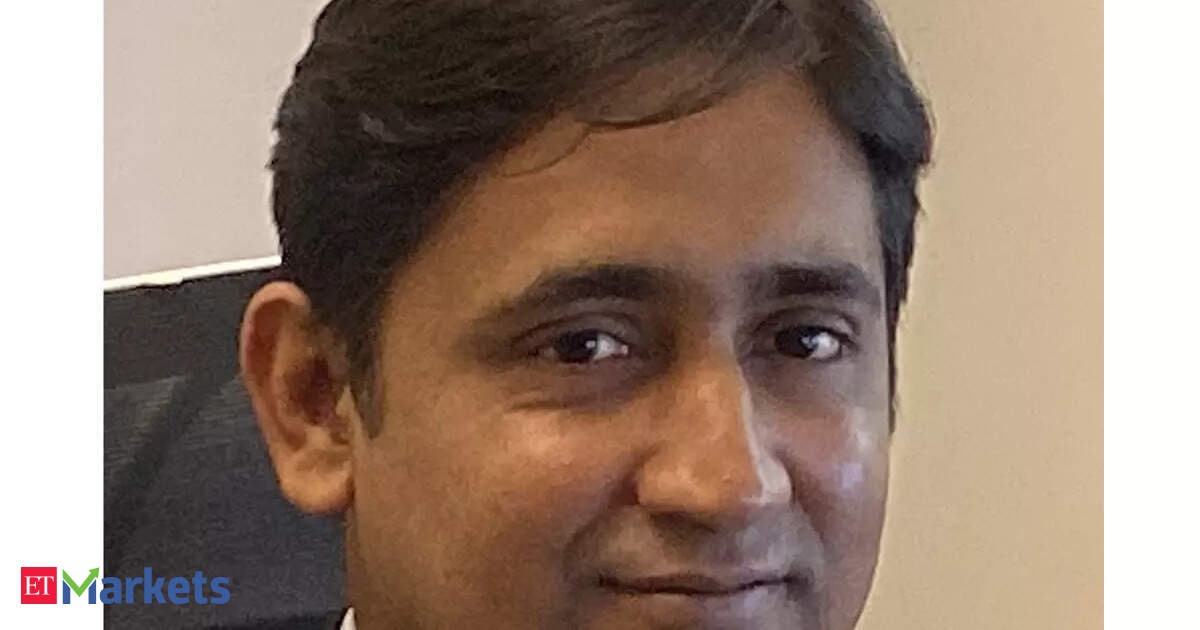The 70-year-old legend, playing a gun-slinging rebel, locks lips with a much younger heroine playing his wife. And he has a concubine in the story, claimed with all the quiet entitlement of a man who knows he’s still the alpha in the room.
The internet did what it does best: served up memes, mockery and moralising. At the centre of it all lies the question no one can stop asking: what is it about old men and their eternal onscreen virility?
To his credit, Kamal leans into the absurdity. In a cheeky nod to cinematic history, his character whispers to Trisha, ‘Madam, I am your only Adam’, a throwback to Amitabh Bachchan’s infamous flirtation with Aishwarya Rai in Bunty Aur Babli (2005). Point made. But the line also invites an uncomfortable chuckle. Is geriatric testosterone believable? Aspirational? Or just absurd?
To understand the optics of Thug Life, it helps to zoom out. The age gap between heroes and heroines is not new-neither in Indian cinema nor in Hollywood. Sean Connery kissed Catherine Zeta-Jones in Entrapment at 68. Harrison Ford, Clint Eastwood, Liam Neeson and Tom Cruise have all romanced much younger women while dodging bullets, bombs and biological reality.
In India, the older-hero-younger-heroine trope is practically a genre. Rajinikanth (73) was paired with Nayanthara (39) in Darbar. Chiranjeevi, Nagarjuna, even the ageless Shah Rukh Khan-name a senior male star and you’ll find him romancing someone two to three decades younger.
So why is Kamal’s kiss or his concubine in Thug Life triggering?
It’s not really about the kiss. It’s about male mythology. In South Indian cinema, especially, the hero is more than a character. He’s a force-a heady mix of power, invincibility and simmering sexuality. Age? Just a minor inconvenience. Testosterone? An eternal supply. On screen, our heroes remain lithe, lascivious and legacy-lubricated. The older male lead isn’t portrayed as someone fighting against age but as someone untouched by it. Welcome to Hormonal Replacement Theatre.
But here’s where Thug Life gets interesting. Kamal doesn’t mask the years. The film acknowledges his age, the scars, the complex power dynamics of keeping a concubine. It attempts to both flaunt and interrogate male privilege. And yet, it walks a tightrope- trying to be woke while indulging in the very fantasy it critiques. The niggle is real.
So again, why does Kamal get trolled?
Perhaps because Kamal, unlike many of his peers, doesn’t hide behind stylised heroism. He has, throughout his career, chosen complexity over comfort: playing a grandfather in his 30s (Nayakan), a wrinkled freedom fighter with prosthetics (Indian), a dwarf in Apoorva Sahodarargal, an aged failed classical artist in Sagara Sangamam. In Thug Life, he owns his aging virility, complete with kiss, concubine and charisma. It’s not fantasy-it’s provocation.
And maybe that’s why it stings. When George Clooney kisses on screen, it’s ‘seasoned charm’. When Kamal does it, it’s ‘creepy’. What’s being policed isn’t just age-but race, region and who’s allowed to age with desire.
The real dissonance, though, lies in the arc. We’re happy to suspend disbelief for flying cars and bullet-ridden heroes who walk away from explosions. But one kiss between a vintage rebel and a young heroine? Suddenly, we’re clutching pearls.
Meanwhile, the leading ladies remain stubbornly youthful. The double standard is glaring. While male stars age like whisky, women are discarded like soda gone flat. Actresses over 40 struggle to get leading romantic roles, let alone action ones. It’s not just sexist, it’s systemic. We equate masculinity with eternal potency and femininity with a ticking clock.
As Kamal kisses and quips his way through Thug Life, the audience will watch some in admiration, some in mockery, but all in curiosity. Maybe what we need isn’t less testosterone on screen, but a little more honesty about what it costs to keep the myth alive.



